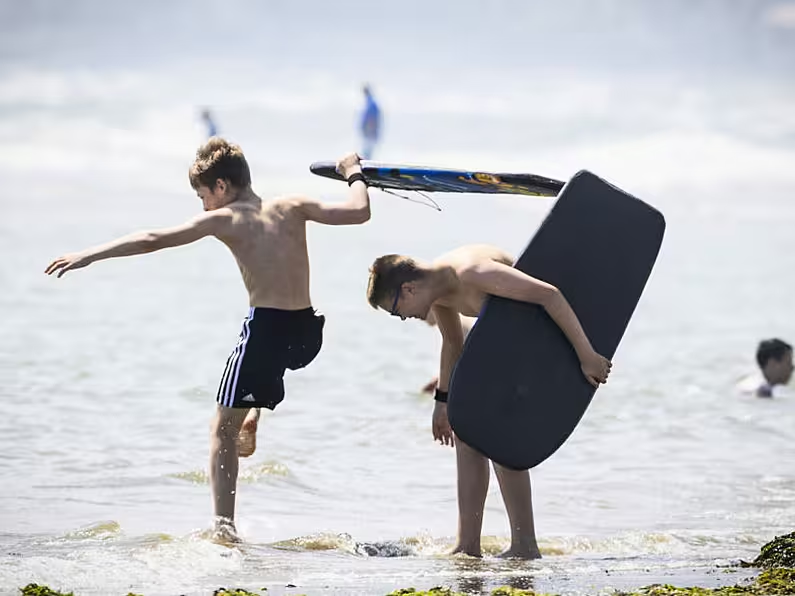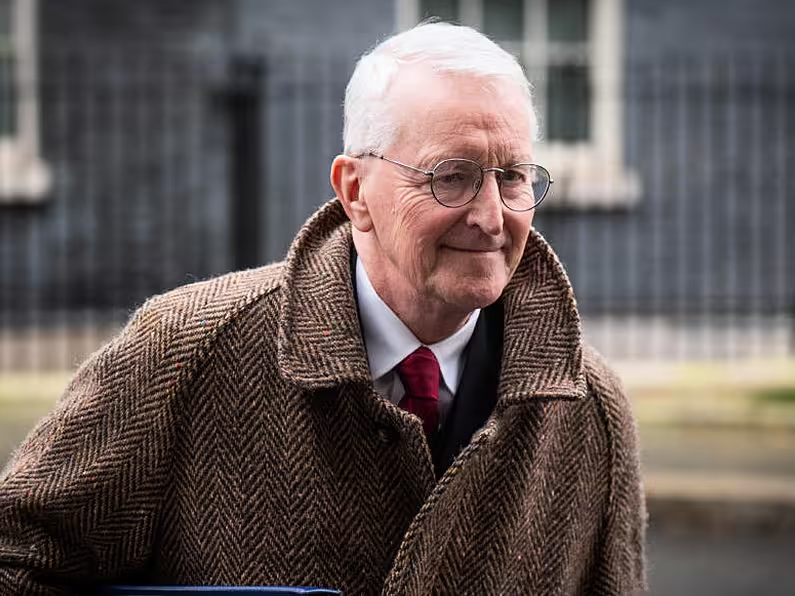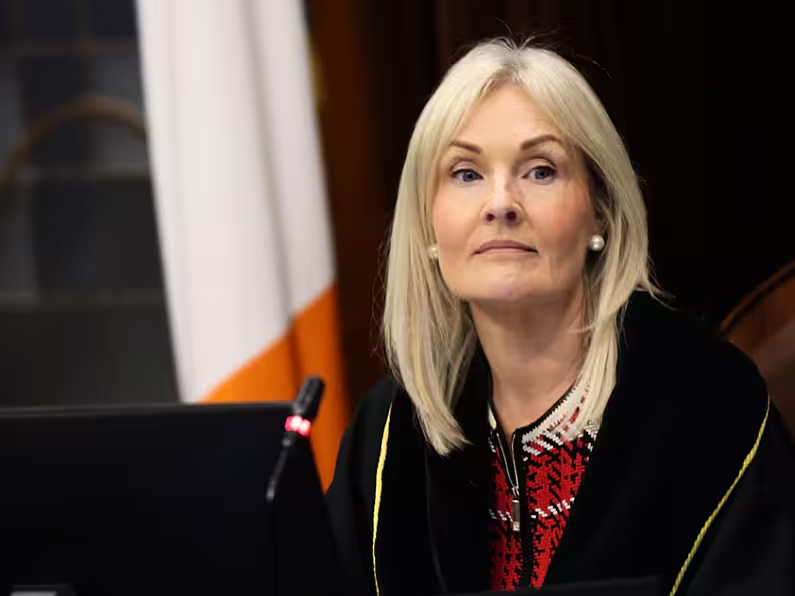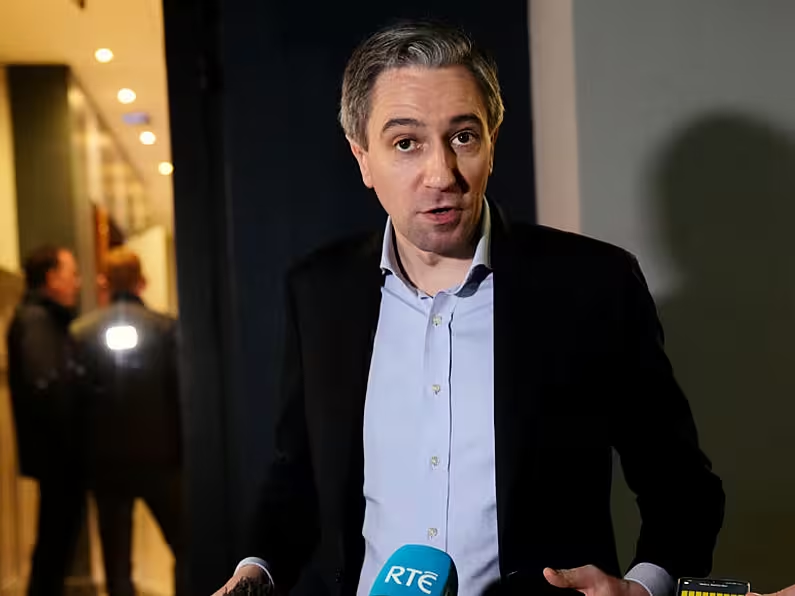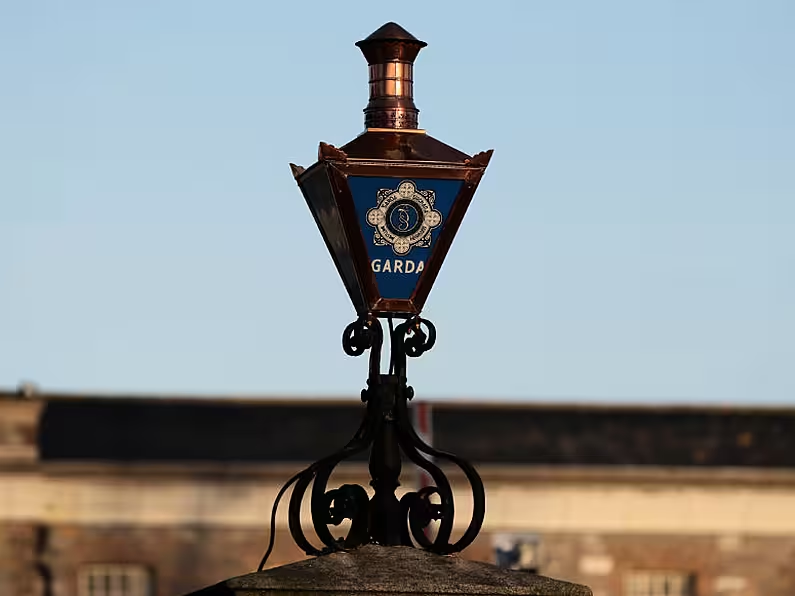By Gráinne Ní Aodha, PA
Less than a fifth of children and teenagers with disabilities on the island of Ireland are getting their recommended daily exercise, a report has found.
The 2022 report, Ireland North and South Report Card on Physical Activity for Children and Adolescents, graded the overall physical activity levels children were getting as a minus C grade and assigned an F grade for activity levels among children with disabilities.
This means that 40-46 per cent of children and adolescents are getting their recommended physical activity, an improvement on 2016 when 27-33 per cent of young people achieved the minimum levels of activity.
The report, which graded physical activity among children and adolescents with disabilities for the first time this year, found that less than 20 per cent of children and adolescents with disabilities are achieving the minimum activity levels.
It is recommended that children aged six to 17 get a daily minimum of 60 minutes, or an average daily minimum of 60 minutes across the week, of moderate-to-vigorous intensity physical activity.
Dr Kwok Ng of the University of Limerick, one of the investigators involved in analysing the new disability grades that feature in the 2022 report, told the PA news agency: “The global recommendations are to have the same level of physical activity for all children, whether they have disabilities, physical impairments, intellectual impairments or not.
“Of course, we recognise there are going to be challenges by children with different types of impairments, but nonetheless what the evidence is showing is that there are still the health benefits being achieved from the same level of recommendations.”
The report also found that children with disabilities required more family and peer support to be physically active compared with the general population.
Dr Ng continued: “So for example, if you’ve got a person with a physical impairment and they want to go and play in a playground, that might not be accessible for them. They might need to have reliance upon transportation to help them get to somewhere, and that’s not necessarily accessible.
“And this is one of the things that we take away from this, is that there is this big gap and there must be ways to address that.
“We want them to have the same opportunities and that they can try to have as much exercise as they can… and we’ve got to be able to provide those opportunities to do that.”
Despite a slight improvement in the overall physical activity levels across the island of Ireland since 2016, the report identified a number of inequalities in achieving this recommended minimum.
More males met the guidelines than females; younger children were more likely to meet the guidelines than adolescents; and those from lower socioeconomic backgrounds met the guidelines less often.
It also found that future reports will need to consider the impact of Covid-19 restrictions and the pandemic overall on physical activity, when more robust data is available.
Director of policy at the Institute of Public Health Dr Helen McAvoy said of the findings: “This report on children’s physical activity is timely as it coincides with the recent publication of a review of the Irish government’s National Physical Activity Plan.
“Progress has been made but strategic investment is clearly needed to accelerate progress and extend the benefits of physical activity to all children, including those living in social disadvantage and children with disability.”
Chair of the research working group, Dr Angela Carlin from the School of Sport at Ulster University, said: “Gender inequalities were also evident, with more males than females meeting physical activity guidelines, in particular in teenagers, while we also found inequalities in socioeconomic status, with children and teens from poorer backgrounds meeting guidelines less often.
“The findings underscore the need to respond to these inequalities to give all children and teenagers an equal opportunity to be physically active and healthy.”
The 2022 Report Card is the third report of its kind for Ireland and Northern Ireland and provides a grade across 11 indicators for physical activity among minors.
The report card for the island of Ireland was produced as part of the organisation Active Healthy Kids Global Alliance, which was established in 2014 to promote exercise and physical activity among children and adolescents.
Ireland’s report card is funded by the Public Health Agency, Department of Health and Healthy Ireland, Sport Northern Ireland, Sport Ireland, and the Institute of Public Health.



